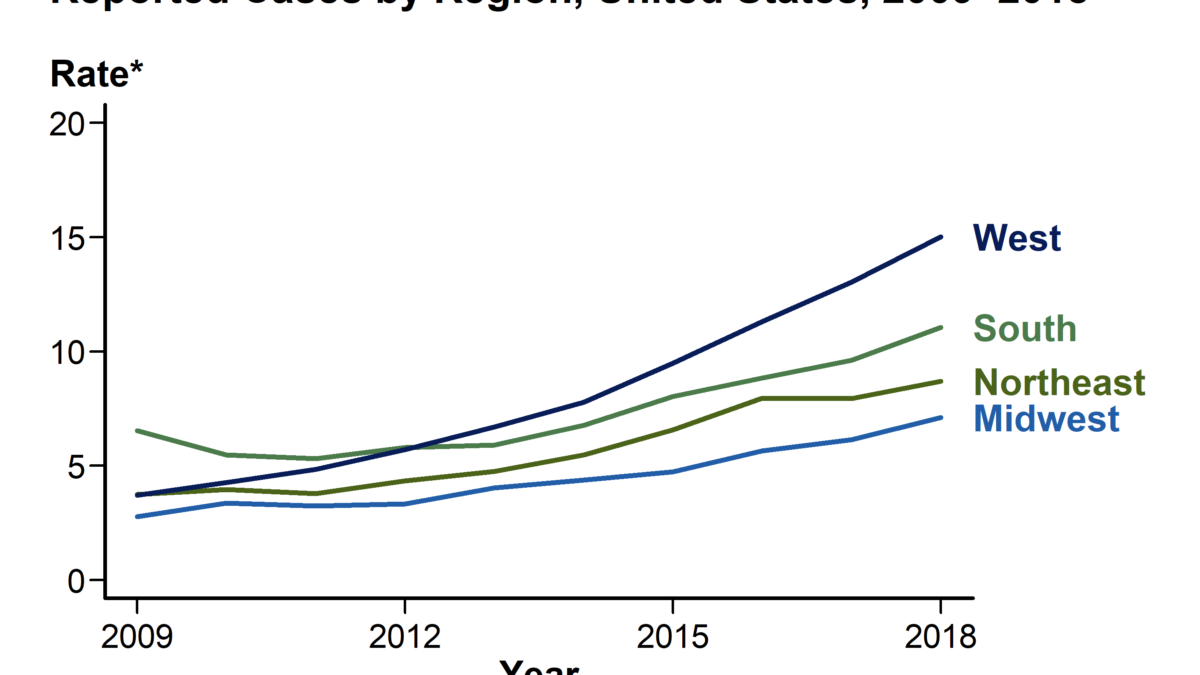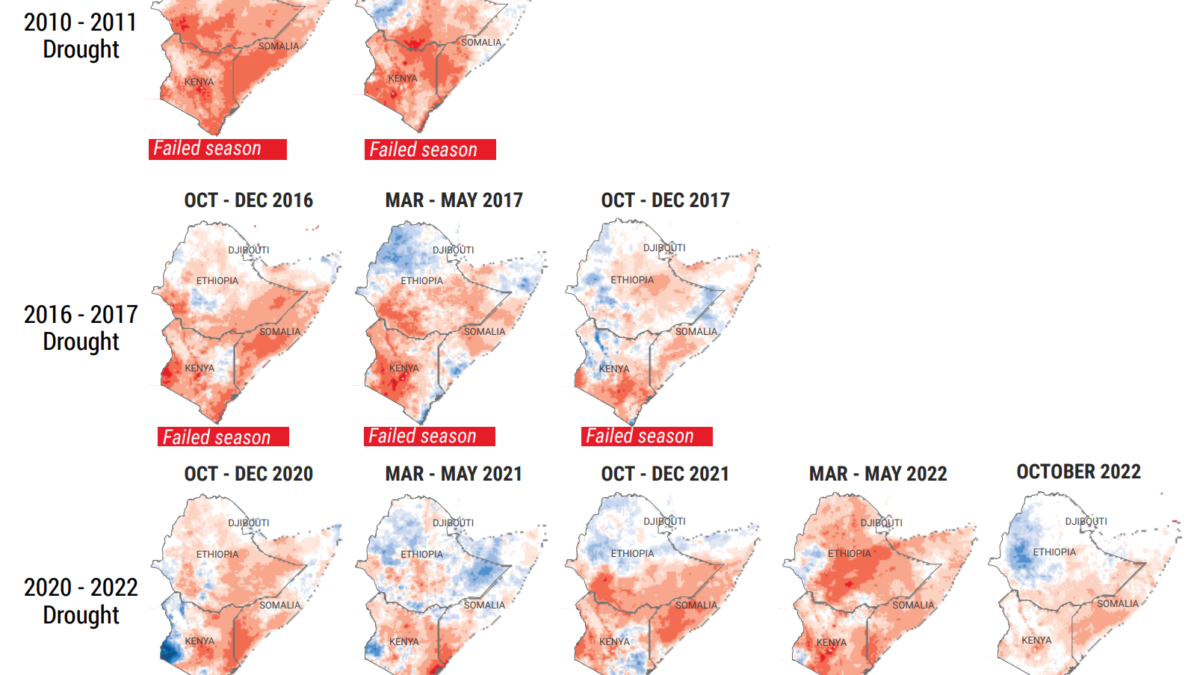More than one million Americans “missing” as U.S. endures crisis of early death – “Americans die younger than their counterparts elsewhere because when corporate profits conflict with health, our politicians side with the corporations”

By Tessa Koumoundouros
20 July 2023
(ScienceAlert) – If the United States of America had the same mortality rates as other wealthy countries, more than 1 million people would have avoided death in 2021, a new study found. Researchers have termed these excess deaths the Missing Americans.
“The number of Missing Americans in recent years is unprecedented in modern times,” says Boston University epidemiologist Jacob Bor.
“Think of people you know who have passed away before reaching age 65. Statistically, half of them would still be alive if the US had the mortality rates of our peers. The US is experiencing a crisis of early death that is unique among wealthy nations.”
While the COVID-19 pandemic created a global spike in mortality, the US’s increase was even more severe when compared to other wealthy nations, including Canada, Australia, and the UK. It’s also failing to recover in the same way as other Western countries. The new study reveals this mortality trend had already been increasing during the preceding four decades.
This problem is significantly worse for minority groups, with mortality rates up to eight times higher on average for Native Americans. But it’s not confined to minorities, with two-thirds of the Missing being White Americans.
“By using an international benchmark, we show that Americans of all races and ethnicities are adversely affected by the US policy environment, which places a low priority on public health and social protections, particularly for low-income people,” explains Bor.
Bor and colleagues compared mortality data from the US to 21 other wealthy countries from 1933 to 2021. During World War II and its aftermath, the US had the lowest mortality rates in its wealthy country peer group, but from the 1980s, the number of Missing Americans steadily increased.
By 2019 it reached 622,534 people. It then exceeded a million in the years since, “reflecting the catastrophic loss of life the United States experienced during the pandemic, far in excess of other wealthy nations.”
Half of the Missing Americans were under the age of 65 in 2021.

Research literature suggested multiple causes for these increases, Bor and colleagues explain, including higher rates of homicide, suicide, car crashes, STIs, drug abuse, and other diseases.
This speaks to broad policy failures, the researchers argue. While all comparable countries experienced the same structural changes to their societies over the last four decades, including automation, increases in global trade, shifts to the service sector, and pressure on wages, the US failed to protect those who had the least opportunity for education.
“We waste hundreds of billions each year on health insurers’ profits and paperwork, while tens of millions can’t afford medical care, healthy food, or a decent place to live,” notes City University of New York physician Steffie Woolhandler.
“Americans die younger than their counterparts elsewhere because when corporate profits conflict with health, our politicians side with the corporations.”
Without increasing minimum wages, safety nets, or affordable healthcare for the working population, inequality deepened and left the most vulnerable people with little option but to accept unregulated and unhealthy environments, food options, and work situations with only drug use to help them cope.
All these problems were just exacerbated when the pandemic hit.
“Even a full return to pre-pandemic conditions would hardly end the US mortality crisis,” Bor and team write, noting that ensuring “all US residents have access to health care and public social welfare benefits when they need them are places to start,” to reduce the number of Missing Americans.
While the suggested solutions have clearly worked as intended in the comparison countries, vested interests have successfully made these options politically toxic in the US. For example, the NRA obstructs any tactic to control escalating levels of gun violence, despite evidence that regulation works.
“While COVID-19 brought new attention to public health, the backlash unleashed during the pandemic has undermined trust in government and support for expansive policies to improve population health,” Bor points out.
“This could be the most harmful long-term impact of the pandemic because expansion of public policy to support health is exactly how our peer countries have attained higher life expectancy and better health outcomes.”
This research was published in PNAS Nexus. [more]
More Than a Million Americans “Missing” as US Endures a Crisis of Early Death

Missing Americans: Early death in the United States—1933–2021
ABSTRACT: We assessed how many US deaths would have been averted each year, 1933–2021, if US age-specific mortality rates had equaled the average of 21 other wealthy nations. We refer to these excess US deaths as “missing Americans.” The United States had lower mortality rates than peer countries in the 1930s–1950s and similar mortality in the 1960s and 1970s. Beginning in the 1980s, however, the United States began experiencing a steady increase in the number of missing Americans, reaching 622,534 in 2019 alone. Excess US deaths surged during the COVID-19 pandemic, reaching 1,009,467 in 2020 and 1,090,103 in 2021. Excess US mortality was particularly pronounced for persons under 65 years. In 2020 and 2021, half of all US deaths under 65 years and 90% of the increase in under-65 mortality from 2019 to 2021 would have been avoided if the United States had the mortality rates of its peers. In 2021, there were 26.4 million years of life lost due to excess US mortality relative to peer nations, and 49% of all missing Americans died before age 65. Black and Native Americans made up a disproportionate share of excess US deaths, although the majority of missing Americans were White.
Missing Americans: Early death in the United States—1933–2021


